MSDS Henkel® LOCTITE® MED 413, White
Material Safety Data Sheet for Henkel® LOCTITE® MED 413, White, 1 Kg
Read MoreTough, medical-grade photopolymer 3D printing resin capable of meeting biocompatibility standards
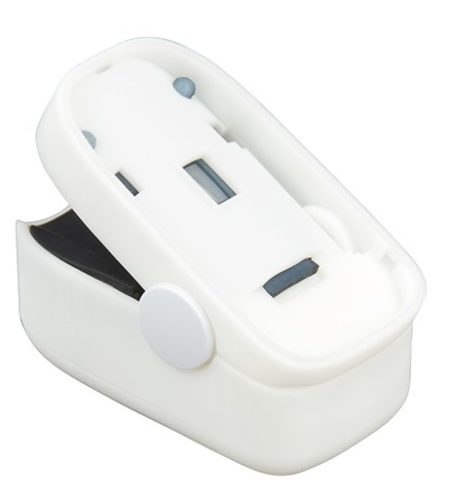
Henkel® LOCTITE®
LOCTITE MED 413 is a high-performance, high modulus material with excellent flexural and tensile physical properties. Stiffness combined with toughness makes this material ideal for use in various impact-resistant medical device applications.
LOCTITE 3D MED413 has been designed for manufacturing medical devices and parts that require good stiffness and wear resistance. It can meet ISO 10993-5 & -10 standards for biocompatibility when processed using a validated workflow. In addition, this material ensures an outstanding surface finish and excellent machinability.
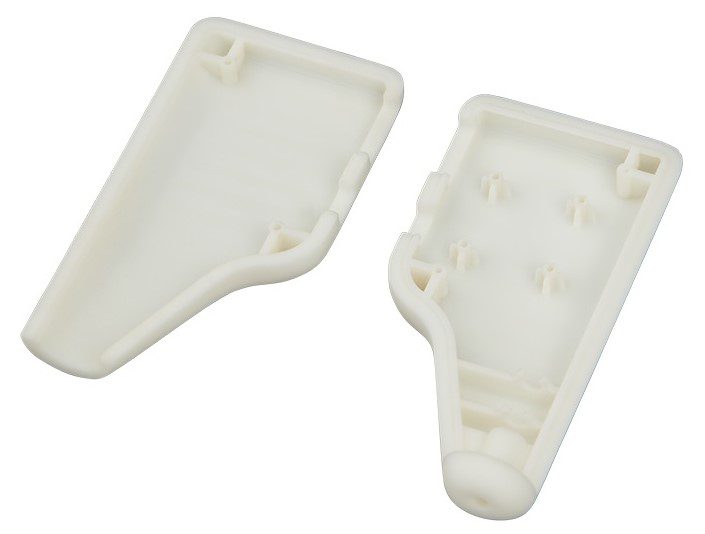
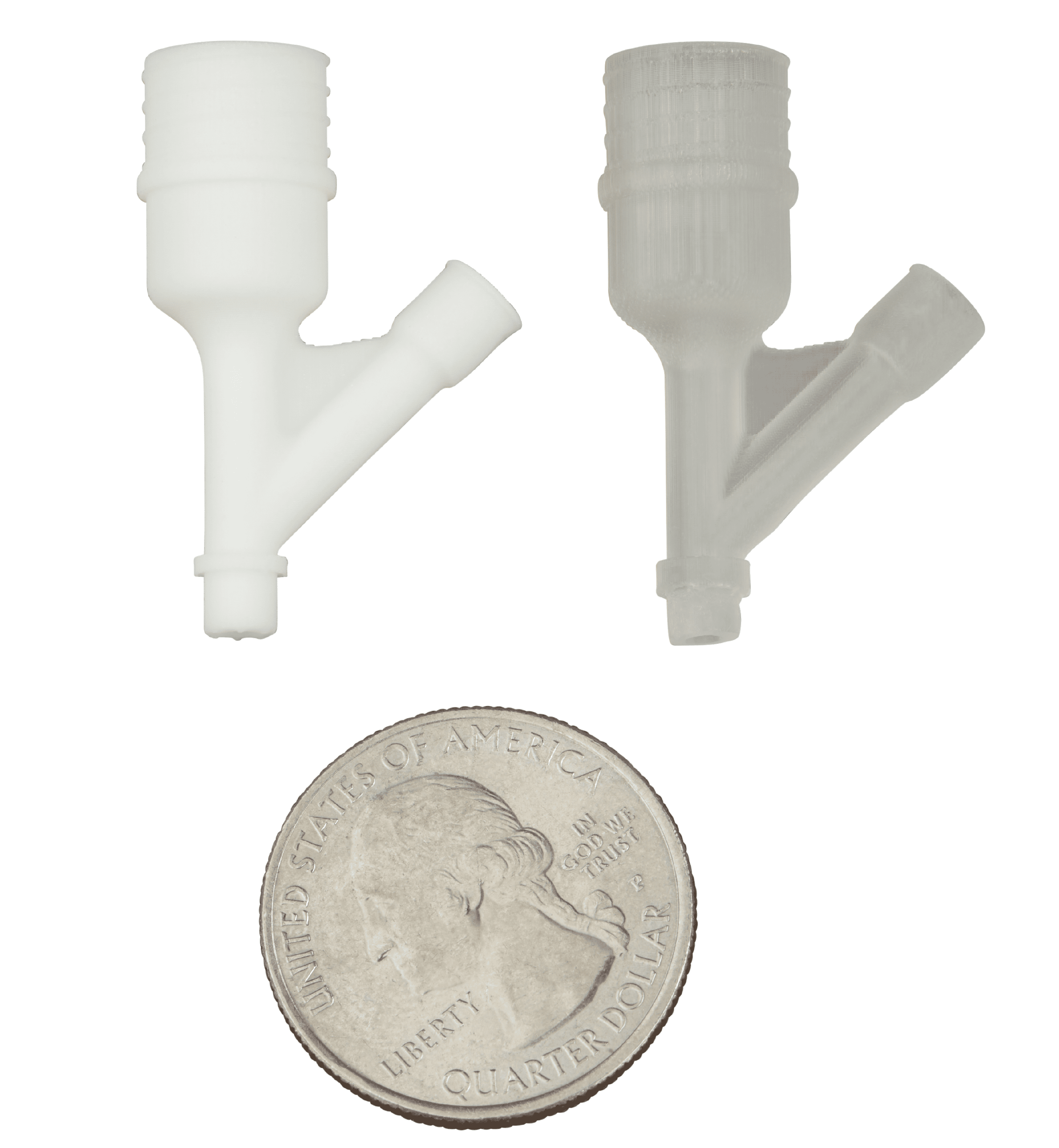
Material: LOCTITE® MED413
The luer fitting is a small tubing connector that secures leak-proof unions in medical devices.
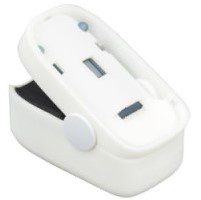
Material: LOCTITE® MED413
The pulse oximeter is a medical device housing used for at-home heart rate measurements.
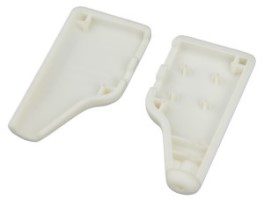
Material: LOCTITE® MED413
This part is a two-part medical handle for a tumour ablation device.
![]()
TENSILE STRESS AT BREAK
40 MPa
![]()
YOUNG’S MODULUS
1600 MPa
![]()
ELONGATION AT BREAK
50%
![]()
HEAT DEFLECTION TEMPERATURE
at 0.455 MPa: 70ºC
| Heat Deflection | |
| Biocompatibility | |
| Surface Finish | |
| Stiffness |
Material Safety Data Sheet for Henkel® LOCTITE® MED 413, White, 1 Kg
Read MoreMaterial Safety Data Sheet for Henkel® LOCTITE® MED 413, Clear, 1 Kg
Read More
Tensile Stress at Break, ASTM D638 |
Tensile Stress at Break, ASTM D638Green: 32 ± 4 MPaPost Processed: 44 ± 4 |
Young's Modulus, ASTM D638 |
Young's Modulus, ASTM D638Green: 1459 ± 91 MPaPost-processed: 1673 ± 77 MPa |
Elongation at Break, ASTM D638 |
Elongation at Break, ASTM D638Green: 65 ± 11%Post-processed: 51 ± 8 MPa |
Tensile Stress at Yield, ASTM D638 |
Tensile Stress at Yield, ASTM D638Green: 36 ± 4 MPaPost-processed: 46 ± 3 MPa |
Flexural Modulus, ASTM D790 |
Flexural Modulus, ASTM D790Post-processed: 1598 ± 27 MPa |
Izod Impact (Notched), ASTM D256 |
Izod Impact (Notched), ASTM D256Post-processed: 59 ± 5 J/m |
Shore Hardness (0s, 5s), ASTM D2240 |
Shore Hardness (0s, 5s), ASTM D224079, 79, Shore D |
Viscosity, ASTM D7867 |
Viscosity, ASTM D7867500 - 600 cP |
Liquid Density, ASTM D1475 |
Liquid Density, ASTM D14751.1 g/cm3 |
Biocompatibility |
BiocompatibilityComplies with:
|
*Material properties may vary depending on the DLP printer and post-curing unit.